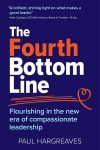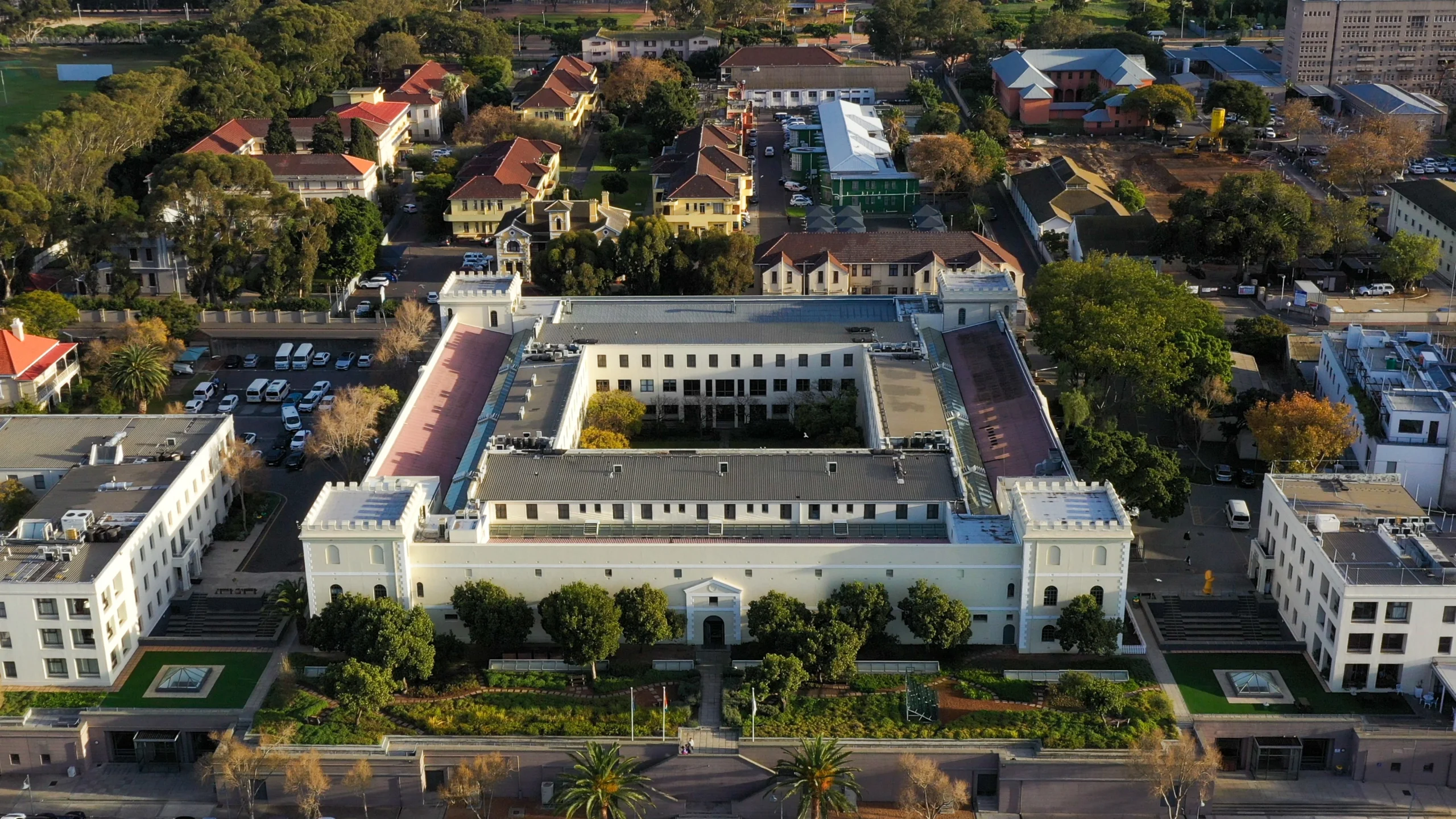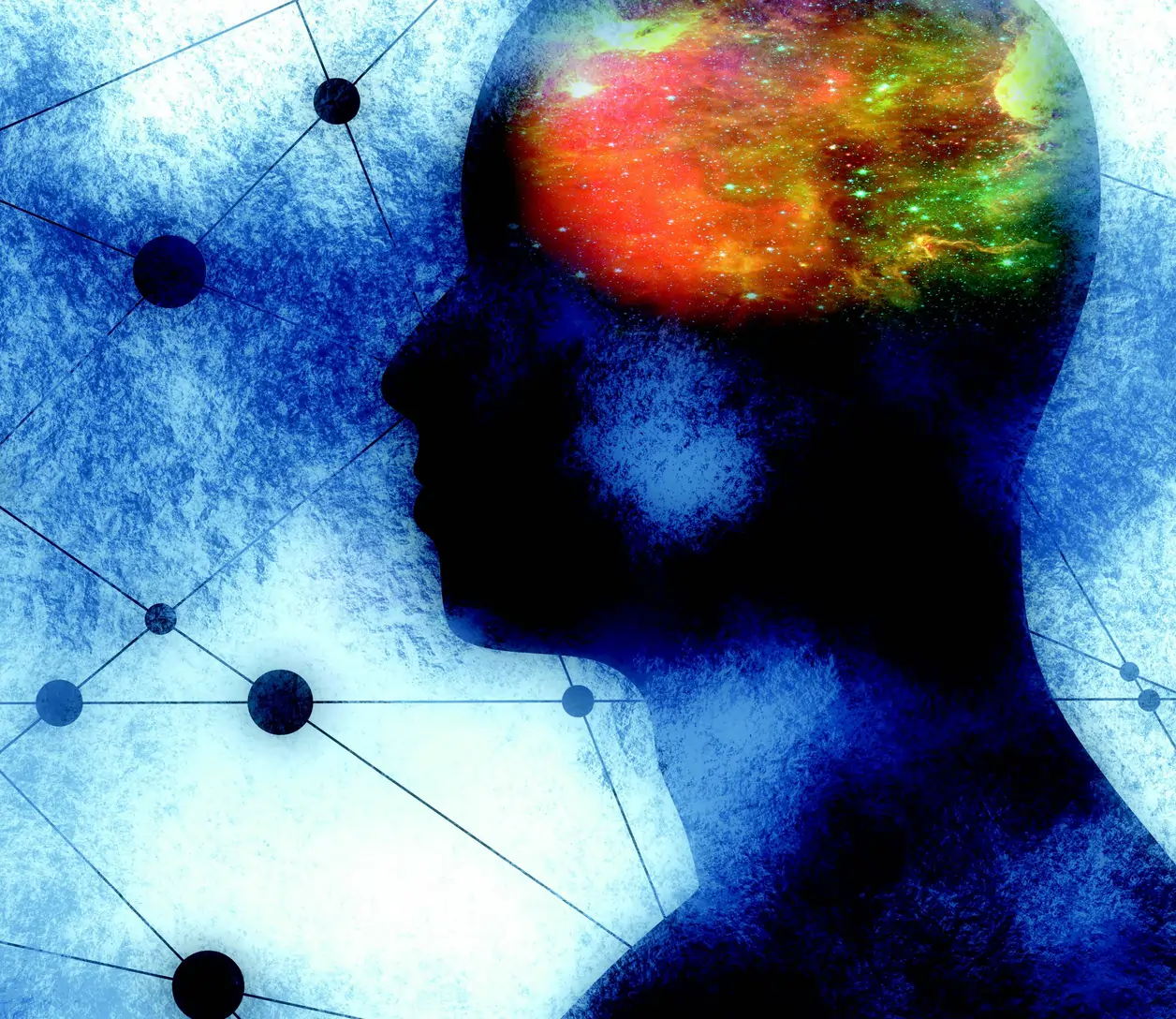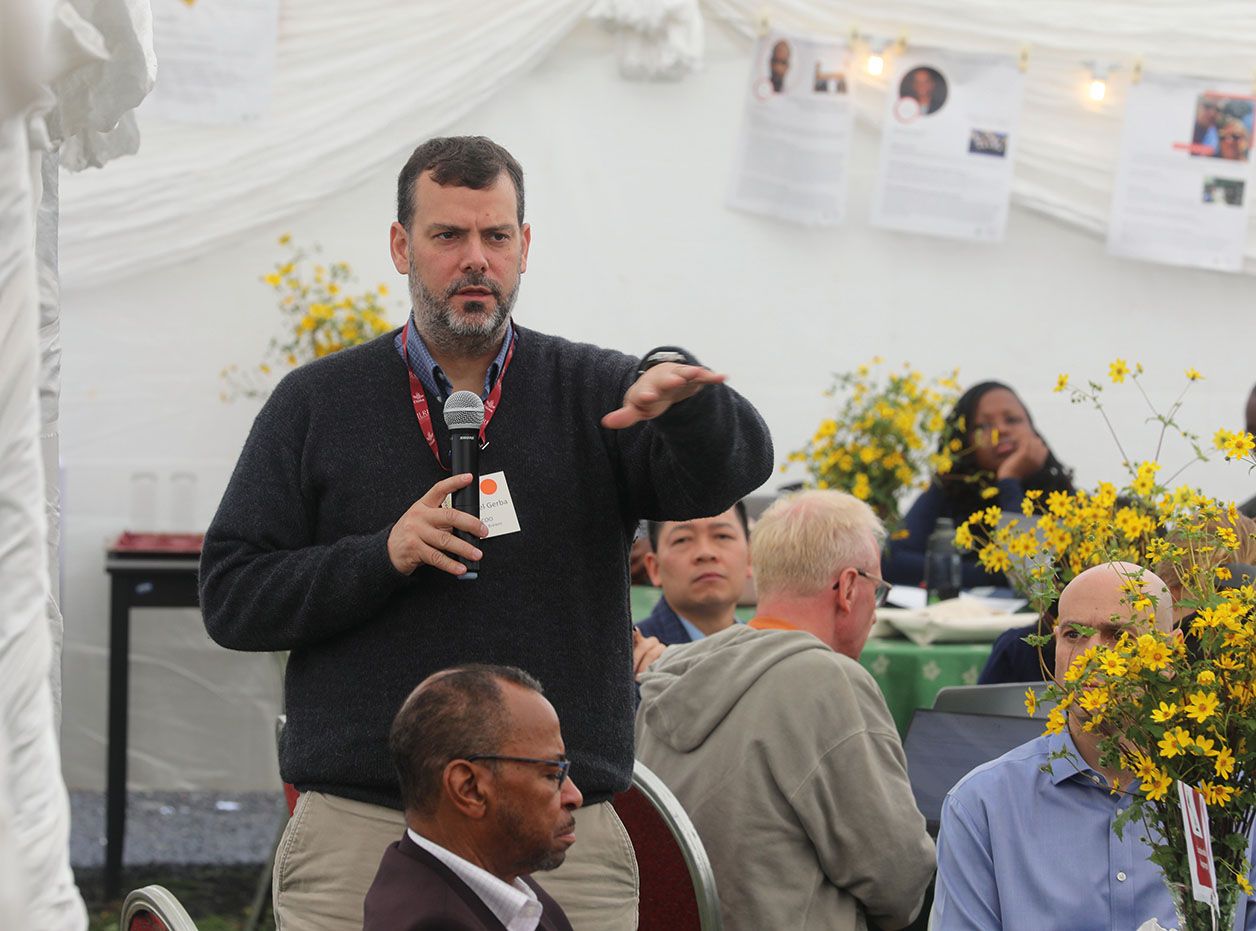A case for compassionate leadership

John E. Kaye
- Published
- Executive Education, Home

In his new book, Paul Hargreaves explains what he believes to be the secret ingredient for a happy and invigorated workforce
If I had to choose one characteristic of leadership to focus on above all others, then being a compassionate person would be top of my list, because I am reminded every day in this troubled world that I could do with more compassion. Compassion interconnects with all the other leadership attributes. In particular, a deeper knowledge of connectivity with others is essential if we are to feel and demonstrate compassion.
I remember speaking at a Chamber of Commerce event in Worcestershire in 2018, talking about the need for business leaders to consider others in the world with their decision-making around their environmental policies, and for the need for us to realise that all humans are interconnected. One of my slides was a picture of around 100 Bangladeshis wading through waist-deep water, having been flooded out of their homes – a direct consequence in that low-lying country of climate change. As I clicked the slide onto the screen, I could feel emotion welling up and was unable to speak for the next couple of minutes. It was embarrassing at the time, as I wasn’t used to crying during presentations at that time, but the impact on the room was profound. That was the first time I had felt such emotion about the suffering of others due to climate change and whenever I used that slide for the next two years, the same thing happened.
Due to this personal growth in compassion, as a company we have been far more proactive in our efforts to reduce our environmental impact. It may be worth noting here the difference between empathy and compassion, which of course, work together. Empathy is about connecting with the emotions of another individual and feeling what they feel; but empathy is a relatively passive state and doesn’t require action. Compassion, on the other hand, compels us to act to alleviate the sufferings of others. In my own example here, the connection with the homeless Bangladeshis powerfully propelled me as a leader to change the way we behaved as a company and it kick-started our journey to carbon neutrality, which followed a year later.
There is, of course, a close connection between empathy and compassion. In An Open Heart the Dalai Lama says that the first step to a compassionate heart is empathy and closeness to others: “The closer we are to a person, the more unbearable we find that person’s suffering. The closeness I speak of is not a physical proximity, nor need it be an emotional one. It is a feeling of responsibility, of concern, of concern for a person.”
Some call this interdependence, knowing that as living beings, we are interconnected with all other living beings on the planet. Our actions impact them and their actions impact us.
The real impact of that experience at the Chamber of Commerce was due to my having an insight into the suffering of others. Originating from Latin, the word “compassion” literally means “a suffering with another”. It is about feeling what they feel and being upset because they are in physical or emotional pain. I have mentioned emotions and it is difficult to imagine true compassion without an emotional element. And, indeed, that emotional element can help spur us into action, as I have described above. Compassion without action is a paradox; as Prince said: ‘Compassion is an action word.’ In his book Descartes’ Error, neuroscientist Antonio Damasio shows scientifically how the limbic part of the brain, which is closely linked with our emotions, is a strong factor in our decision making. This is easy for us to understand, as we can probably all remember a time when we have been stirred up by a speaker or seen something in a magazine or on social media that caused us to have an emotional response, leading us to take some form of action. Unless there is action, then, no doubt, our compassion will be diminished; and if we are going to be called compassionate leaders, others need to witness our actions – not just our tears.
By reaching out to others, we significantly increase our own happiness and contentment. There is a sense in the West that if we don’t look after ourselves and sort out our own happiness first, then we will somehow be less happy. The reverse is true. As we reach out to others with compassion and put ourselves last not first, we increase our own happiness. As the Dalai Lama says, “If you want to be happy, practise compassion.” To practise it means compassion in action. Many people all over the world discovered this during the Covid-19 pandemic in 2020. Many more of us were reaching out to others in our communities and cities, and discovering that we increased our own happiness by doing so. It is no coincidence that several of the religions of the East, notably Buddhism and Hinduism, talk a lot about compassion and it is no coincidence that in these regions there is a more highly developed sense of community.
Of course, compassion is not just to be practised towards those we don’t know, but also those close to us. Entering into their sufferings as if these were our own will help us to be better mothers, fathers, sisters, brothers, etc… In fact, some, coming from a family at the lower end of the emotional spectrum, may find it most challenging to practise compassion with those close to us. I have met those who find themselves crying at the end of a film or even during an episode of Britain’s Got Talent, but who find it difficult to engage with those they love with enough compassion. It’s not uncommon in our society, but don’t worry – compassion will start to flow more easily once we begin to practise it a little more during our periods of reflection and meditation.
During the past fifty years, leaders who have operated with high levels of compassion have stood out as being different, as there are so few of them; but if there is one characteristic that leaders need more than any other in this third decade of the 21st century, it is compassion. Are you ready for the challenge? Here is what you can do:
Find a picture in a magazine or online of people who are less fortunate than yourself. Imagine that you are them, feeling what they are feeling and longing for what they long for, and try to connect yourself with their suffering. Next, imagine someone you know but don’t particularly like. Think good thoughts or pray for them, if you are that way inclined. Hope for good things for them. During the day, reach out with compassion to someone who may need some love at work or at the shops or at the school gate. As we actively practise compassion, the feelings will flow too.
About the author

Paul Hargreaves is a B-Corp Ambassador, speaker and author of The Fourth Bottom Line: Flourishing in the new era of compassionate leadership out now, priced £14.99
Sign up to The European Newsletter
RECENT ARTICLES
-
 ETH Zurich and the University of St.Gallen redefine executive education with emba X, a new model of responsible leadership
ETH Zurich and the University of St.Gallen redefine executive education with emba X, a new model of responsible leadership -
 Why leadership is the strongest defence in South Africa’s schools
Why leadership is the strongest defence in South Africa’s schools -
 Porto Business School launches executive programme on AI strategy
Porto Business School launches executive programme on AI strategy -
 POLIMI Graduate School of Management strengthens global reputation in MBA and master’s rankings
POLIMI Graduate School of Management strengthens global reputation in MBA and master’s rankings -
 Trinity Business School strengthens standing in global MBA rankings
Trinity Business School strengthens standing in global MBA rankings -
 Meet the class of 2025… and their children. Why mid-life university learning is on the rise
Meet the class of 2025… and their children. Why mid-life university learning is on the rise -
 University of Michigan launches executive programme for chief data and AI officers
University of Michigan launches executive programme for chief data and AI officers -
 International education: A vision for global citizens
International education: A vision for global citizens -
 How to create lasting social change? Build a community
How to create lasting social change? Build a community -
 Tomorrow’s world needs Dyslexic Thinking
Tomorrow’s world needs Dyslexic Thinking -
 Why family therapy is the best investment you can ever make
Why family therapy is the best investment you can ever make -
 How EQ can give us the edge over AI
How EQ can give us the edge over AI -
 A true root and branch approach
A true root and branch approach -
 It's fine to say you're not ok
It's fine to say you're not ok -
 Are you willing to change with your organisation?
Are you willing to change with your organisation? -
 Emerging markets: Online learning for women unlocks economic potential
Emerging markets: Online learning for women unlocks economic potential -
 A programme of urgent importance
A programme of urgent importance -
 Why progress is not parity
Why progress is not parity -
 Begin by building trust
Begin by building trust -
 Have we the energy for cryptocurrencies?
Have we the energy for cryptocurrencies? -
 Make your employees everyday data scientists
Make your employees everyday data scientists -
 The power of understanding
The power of understanding -
 Welcome to the team
Welcome to the team -
 Become your best self with Gies
Become your best self with Gies -
 The benefits of seeing the bigger picture
The benefits of seeing the bigger picture


























